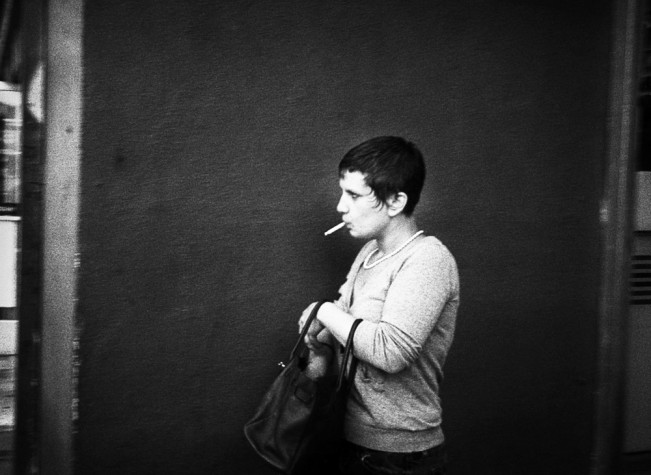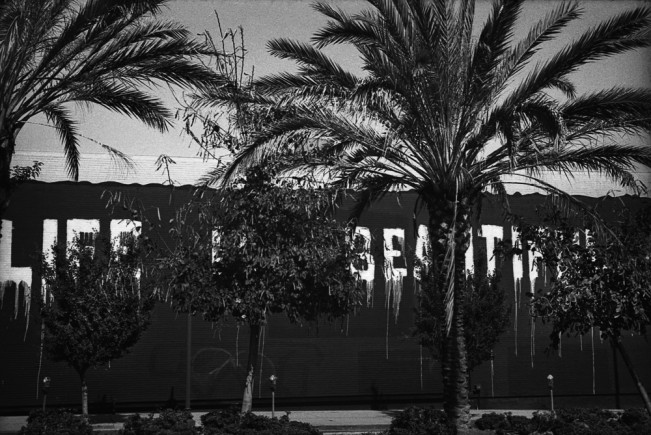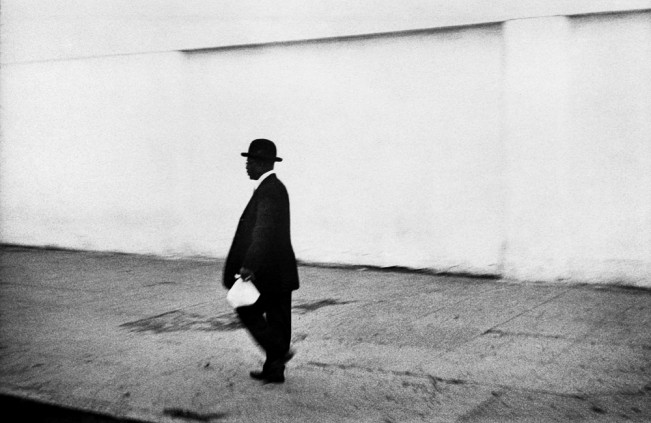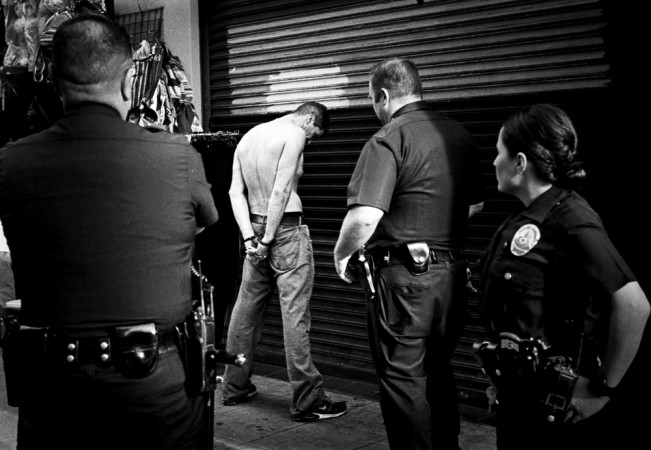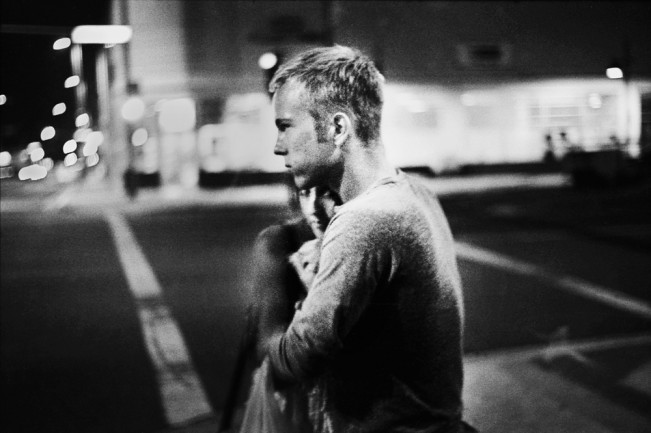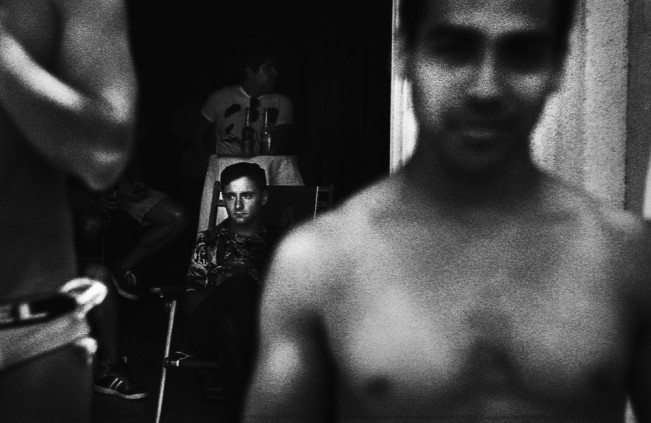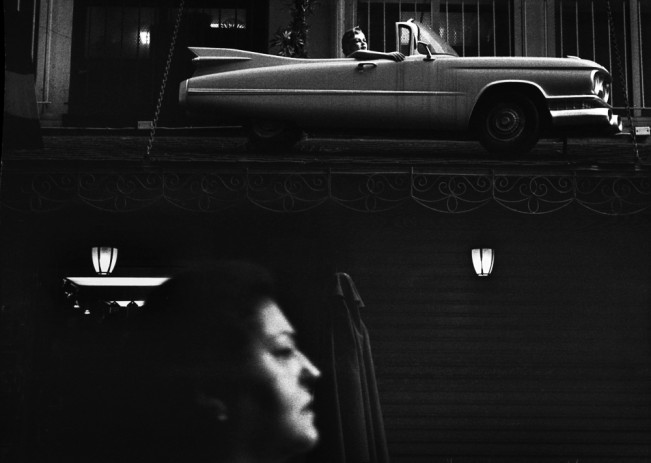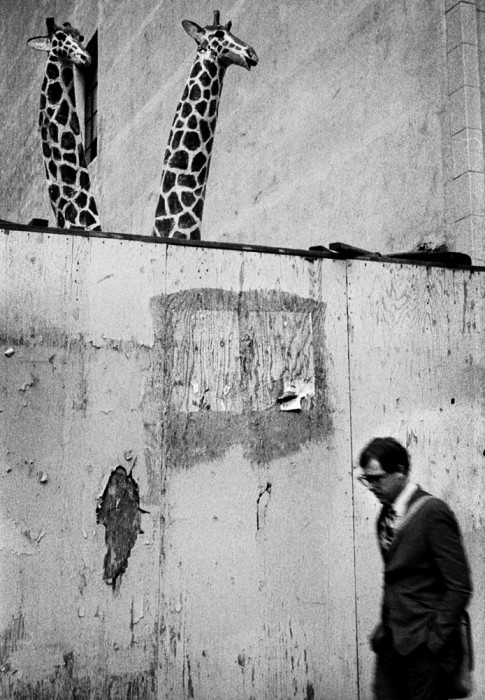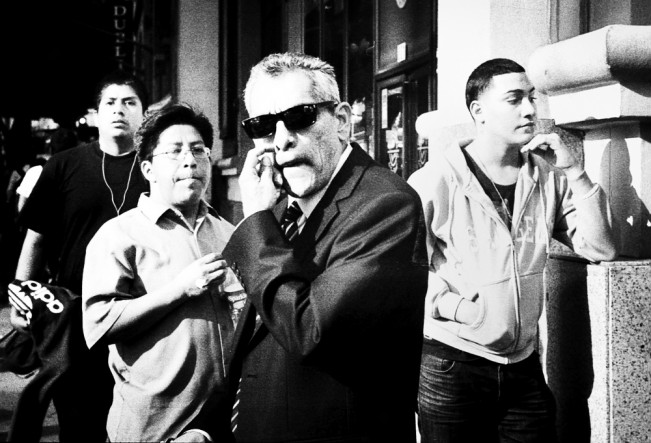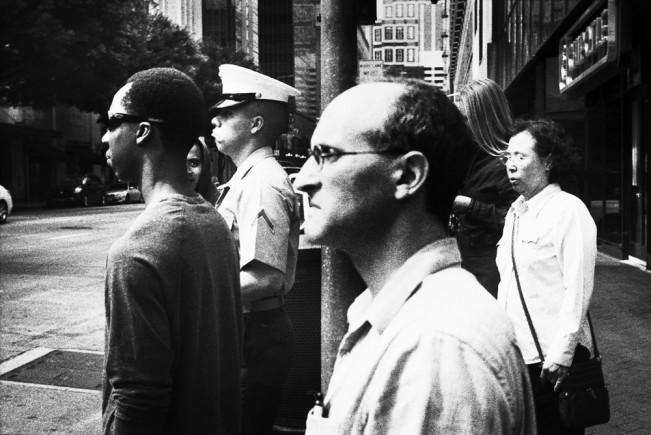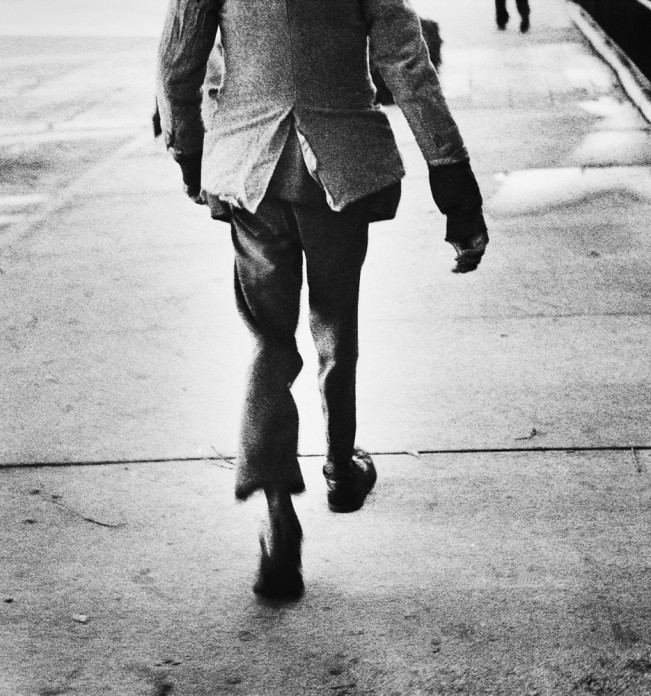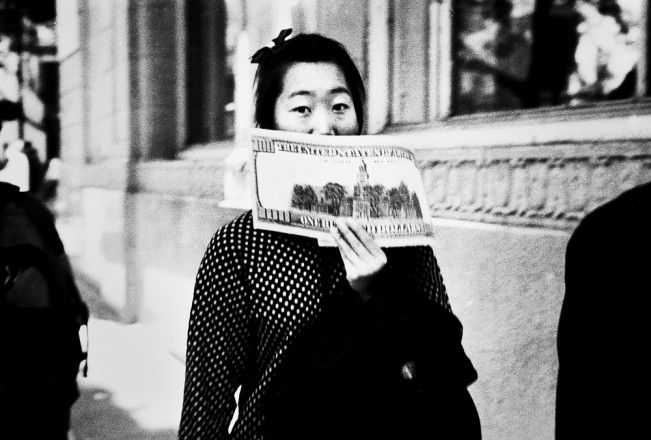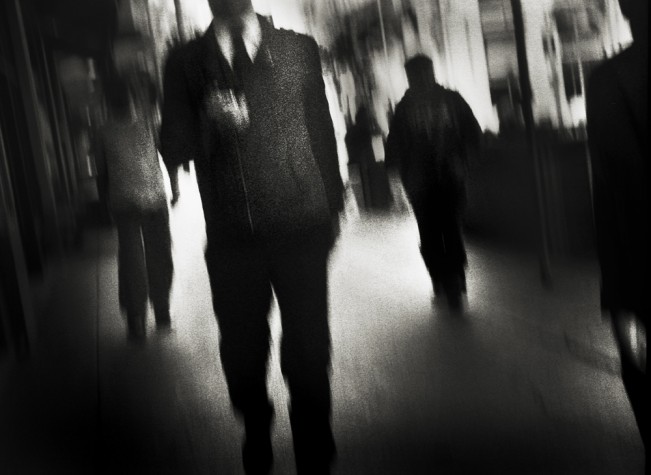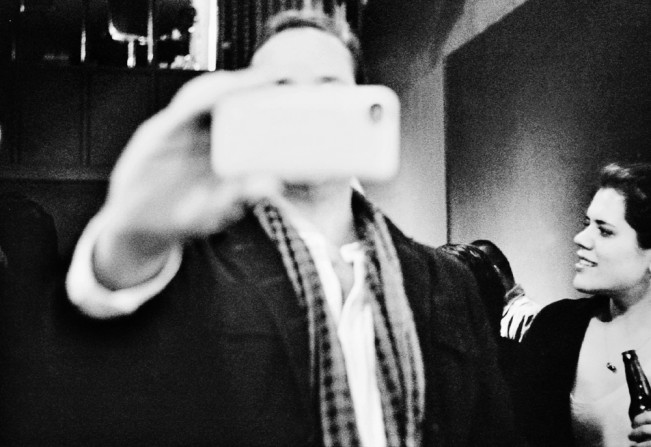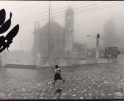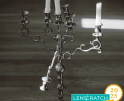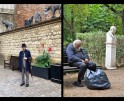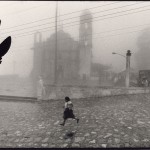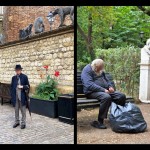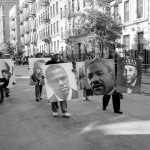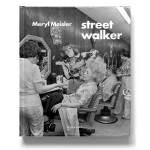Domenico Foschi: Los Angeles, Mon Amour
Los Angeles is a hard city to define visually. We all know the beautiful coastline, the star filled streets of Hollywood, the fabulous noir sensibilities of 1920’s and 30’s architecture, the mid century masterpieces by photographers like Julius Schulman, but as a long time resident, I find Los Angeles to be almost impossible to encapsulate. Each block and each neighborhood brings a new and unique personality.
Photographer Domenico Foschi has a way of capturing the streets of Los Angeles where time stands still and small gestures and unremarkable events become cinematic. Shot in grainy black and white, his photographs nod to their noir roots, looking at life in the shadows, away from the sunshine and avocados. His work acknowledges that Los Angeles is a city, an urban stage for all the small dramas that take place on a daily basis.
Domenico has received numerous awards for his work and his images have been published on View Camera Magazine, B/W Magazine, Silvershotz, BLOW Magazine and other printed and online publications. His work has been shown at the Los Angeles County Museum of Art (LACMA) and in galleries in Spain,Italy and and the US. In 2008 Domenico was a grant recipient by the HARC Foundation.
Domenico currently has an exhibition on view at the Leica Gallery in Los Angeles of his work on Women that runs through April 13th.
Los Angeles, Mon Amour
I named this body of work “Los Angeles, Mon Amour” (Los Angeles, My Love). It is one of the many title variations from the screenplay of the French writer Marguerite Duras “Hiroshima, Mon Amour.”
This title expresses a complicated relationship of true moments of kinship with the city, studded by instances when particular scenes resonate in my psychological make-up and belief system to create reactions ranging from irony to a sense of damaged sadness — a subdued mix of mystery and shock and recognizing life in moments of intimacy stolen from the subject. But it is never about the truth, because the intention is not to describe reality. Rather it’s about selecting elements in space and time to the whim of my subconscious in order to reflect parts of a shattered self.
So, yes, it is personal work, but one that, in the best examples, expresses something that has a universal appeal. It is there to define our vulnerable condition, without describing fully, sometimes confusing things on purpose and never giving an answer.
Always saying, “This is what I chose to show.
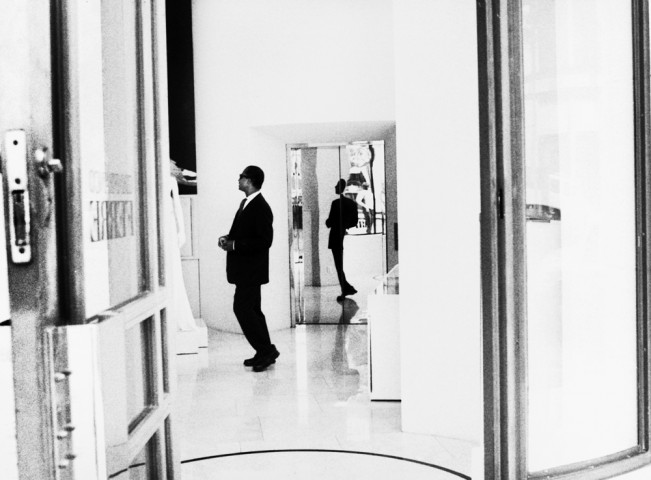
Posts on Lenscratch may not be reproduced without the permission of the Lenscratch staff and the photographer.
Recommended
-
Suzanne Theodora White in Conversation with Frazier KingSeptember 10th, 2025
-
Jake Corcoran in Conversation With Douglas BreaultAugust 10th, 2025
-
Student Prize 2025: Top 25 to WatchJuly 20th, 2025
-
MOPD Reviews: Paul Stein: Nothing Is RevealedJuly 2nd, 2025
-
Jordan Gale: Long Distance DrunkFebruary 13th, 2025

